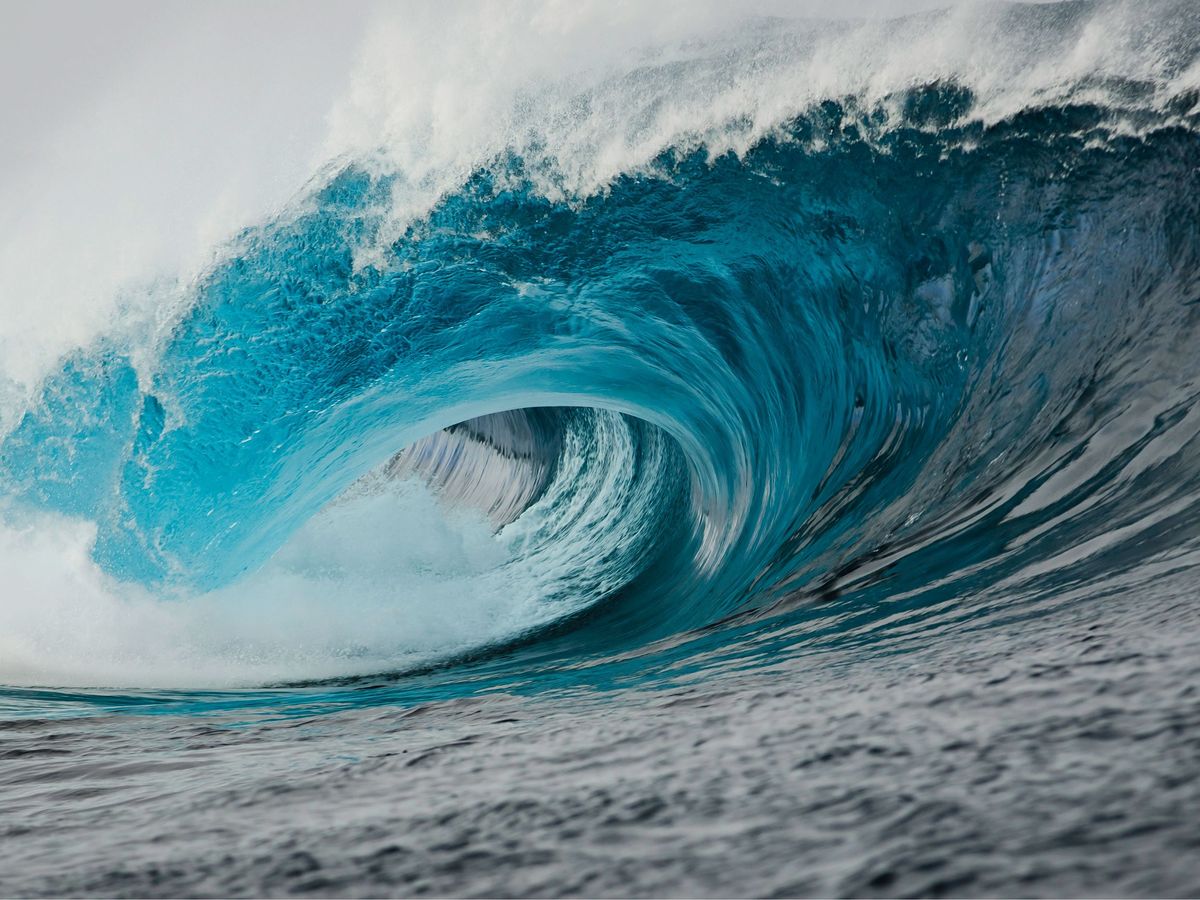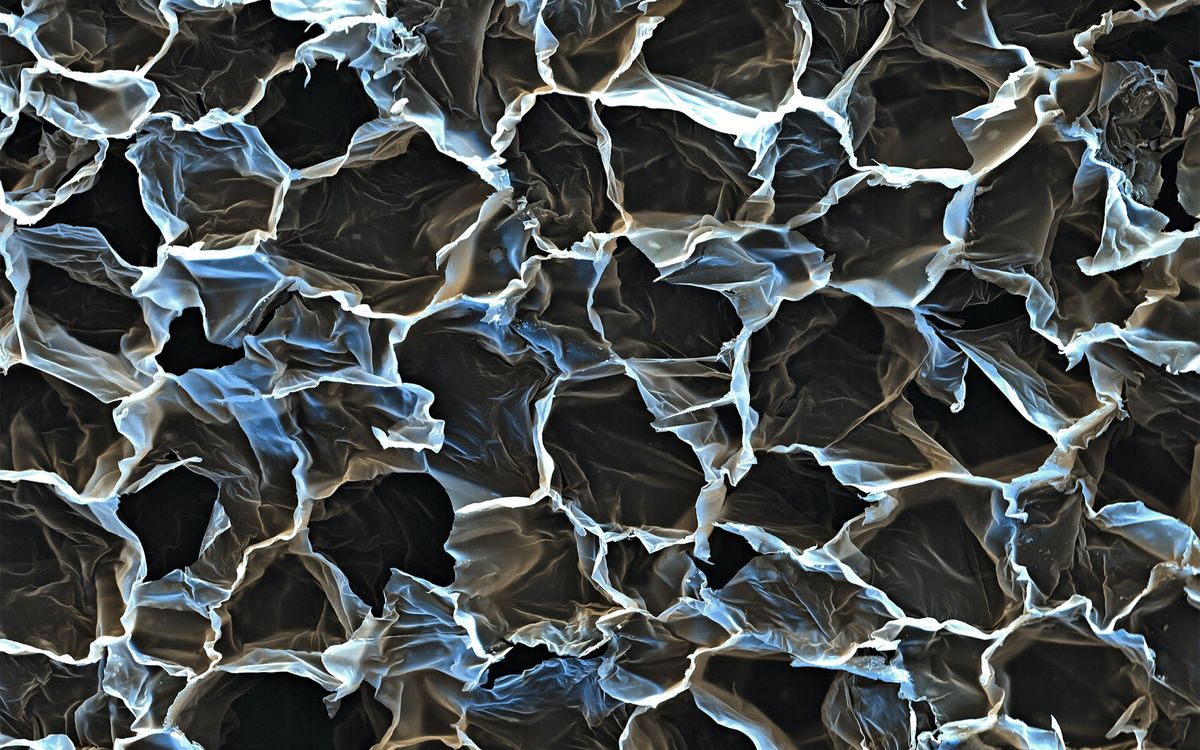The spotlight is on San Antonio, where a consortium led by Toshiba is set to build two new advanced boiling water reactors. Though the project is one of the most advanced in the United States in terms of approvals and planning, the Texas city is holding off on a $400 million bond issuance to support it because of sharply higher projected costs, and the city-owned utility CPS Energy may back out. Since 2007, the estimated construction bill has ballooned from $8.6 billion to $12.1 billion.
The global nuclear industry might take refuge in a declaration of “force majeure”—the standard commercial jargon for forces beyond a supplier’s control—inasmuch as construction costs have climbed generally in recent years and the decline of the dollar has driven up the price of any project that depends heavily on imported goods. In the case of the San Antonio plant, Japanese vendors are to supply up to $3 billion worth of equipment.
But no matter how you slice and dice recent developments, this is not the way things were supposed to be. Taking a cue from the way France churned out a standard reactor in the 1970s and 1980s, containing costs and controversy, the companies hoping to build reactors in the United States have been working for more than a decade on designs that were to be cheaper, safer, more reliable, and above all much easier and faster to build. Precertification of the new designs by the Nuclear Regulatory Commission was supposed to eliminate the regulatory bottlenecks and local political controversy that had dogged projects in the past. But even after all that work, ground has yet to broken for construction of any new reactor in the United States, and banks are now declaring that they consider such projects too risky to finance without large public subsidies. Meanwhile, the two European reactors under construction--also based on a precertified evolutionary design--have been dogged by delays, new safety concerns, and escalating costs.
Congressional legislation promises up to $18.5 billion in loan guarantees for nuclear construction, which may sound like quite a lot, but Energy Secretary Chu has pointed out that this would be enough to secure financing for only two projects at current prices, which might not be adequate to establish confidence in the new designs. Proposed cap-and-trade legislation that will be up for debate early this year may provide much more, but long-time critics like Congressman Markey of Massachusetts contend that just penalizing carbon emissions ought to give nuclear all the boost it needs. If nuclear can’t compete even when the cost of fossil-generated electricity is systematically driven higher as a matter of national policy, maybe it is time to give up on nuclear, he suggests.
The inability of the nuclear manufacturers to get off the dime naturally has given heart to critics, who portray reactor technology as no more viable than ever, and not a suitable or effective means of achieving carbon reductions. Some of the leading U.S. environmental organizations such as the Environmental Defense Fund have quietly or implicitly adopted a pro-nuclear position. (Several years ago Environmental Defense’s chief executive played a key role in brokering a deal that killed a Texas plan to vastly expand coal generation, and when the dust settled, it came to be understood that instead the state would rely much more heavily on nuclear power.) But many organizations that have been steadfastly opposed to nuclear—Greenpeace, Friends of the Earth, Union of Concerned Scientists, and Physicians for Social Responsibility—remain firmly opposed. At the Copenhagen climate conference last month, these forces were much in evidence, along with an ad hoc umbrella organization, Don’t Nuke the Climate.
What is one to make of this? Even if you ardently believe that sharp cuts in greenhouse gas emissions are urgently required, and you recognize that nuclear energy represents in principle a scalable low-carbon alternative to fossil fuel combustion, you have to admit that the critics have a point. Nuclear is scalable only if in fact the industry can deliver a reliable product quickly and efficiently. But even if all controversy were to evaporate, all the regulatory lights turned green, and costs came down, representatives of the U.S. industry admit that they now are in a position to initiate no more than two or three reactor construction projects per year. At that rate, they might be only replacing the aging reactors being decommissioned, without offering an alternative to current coal generation.
Maybe the supposedly streamlined designs for the traditional big reactor will turn out to be not the answer after all. The Nuclear Regulatory Commission lists a handful of innovative designs for reactors that are much smaller and could be significantly safer than the boiling water and pressurized water reactors that have dominated the world market since 1973. Perhaps this is what we need--revolutionary innovation rather than just evolutionary advance.


